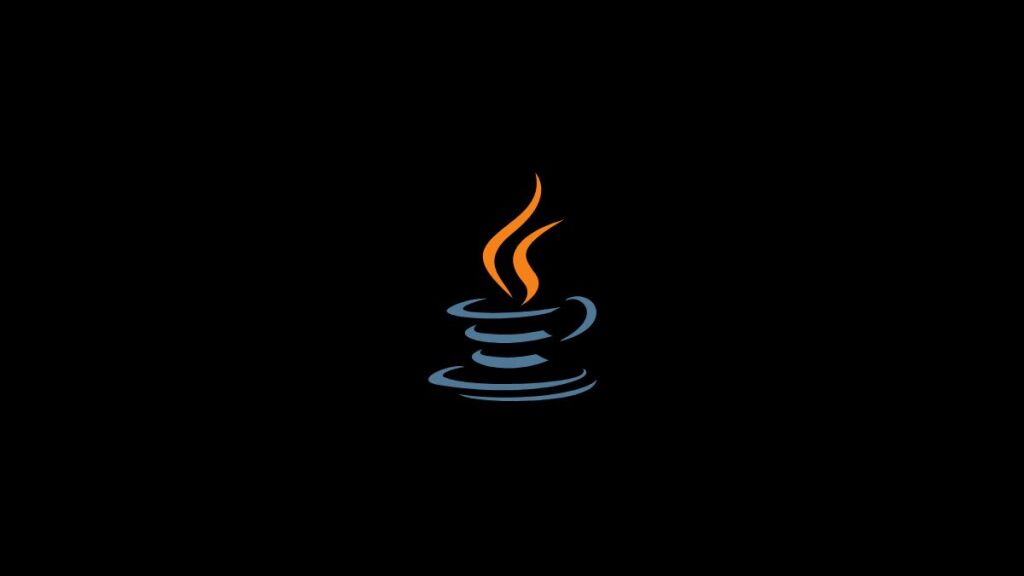Iterating through strings is a fundamental operation in Java programming, enabling developers to examine, manipulate, or transform the characters within a string. Given that strings are immutable sequences of characters in Java, iterating through a string provides the basis for tasks such as parsing, validation, transformation, and more. This article explores various methods to iterate through strings in Java, highlighting their use cases and advantages.
Basic Iteration Using for Loop
The most straightforward method to iterate through each character of a string is by using a traditional for loop, accessing each character by its index.
String text = "Hello, World!";
for (int i = 0; i < text.length(); i++) {
char currentChar = text.charAt(i);
System.out.println(currentChar);
}This approach is simple and effective for most use cases where you need to process each character individually, such as counting specific characters or replacing them.
Enhanced for Loop with toCharArray()
Another approach is to convert the string into a character array using the toCharArray() method and then use an enhanced for loop to iterate through the array. This method is particularly useful when you prefer not to deal with indices directly.
String text = "Java";
for (char ch : text.toCharArray()) {
System.out.println(ch);
}While this method is concise and eliminates the need for index management, it introduces an additional step of converting the string to a character array, which might have a slight performance impact for very large strings.
Using Streams API in Java 8+
Java 8 introduced the Streams API, offering a more modern and functional approach to iterating through collections and arrays. To iterate through a string with streams, you first convert it into a stream of characters and then perform operations on each character.
String text = "Stream";
text.chars() // Creates an IntStream
.mapToObj(c -> (char) c) // Converts IntStream to Stream<Character>
.forEach(System.out::println);The chars() method returns an IntStream representing the Unicode values of the characters in the string. The stream is then converted to a Stream<Character>, allowing you to use forEach and other stream operations. This method shines in its ability to leverage the full power of the Streams API, including filtering, mapping, and reducing operations, making it ideal for complex transformations and analyses.
Iterating with String’s codePoints() Method
For applications dealing with Unicode beyond the Basic Multilingual Plane (characters represented by two char values in Java), the codePoints() method of the String class provides a stream of code points that you can iterate over.
String text = "🔥Fire🔥";
text.codePoints()
.mapToObj(Character::toChars)
.forEach(chars -> System.out.println(new String(chars)));This method ensures that characters represented by surrogate pairs are handled correctly, making it essential for processing text containing emojis, historical scripts, or other supplementary characters.
Conclusion
Iterating through strings in Java can be accomplished in several ways, each with its advantages and suited for different scenarios. Whether you prefer the simplicity of traditional loops, the conciseness of the enhanced for loop, the power of the Streams API, or the correctness of handling Unicode supplementary characters with codePoints(), Java provides the tools necessary to traverse and manipulate strings effectively. Choosing the right method depends on the specific requirements of your application, such as performance considerations, the need for functional-style operations, or the handling of complex Unicode characters.
- How to Add Captions inside Feature Images with GeneratePress - May 8, 2024
- Car Dealership Tycoon Codes: Free Cash for March 2024 - April 9, 2024
- World Solver - April 9, 2024

